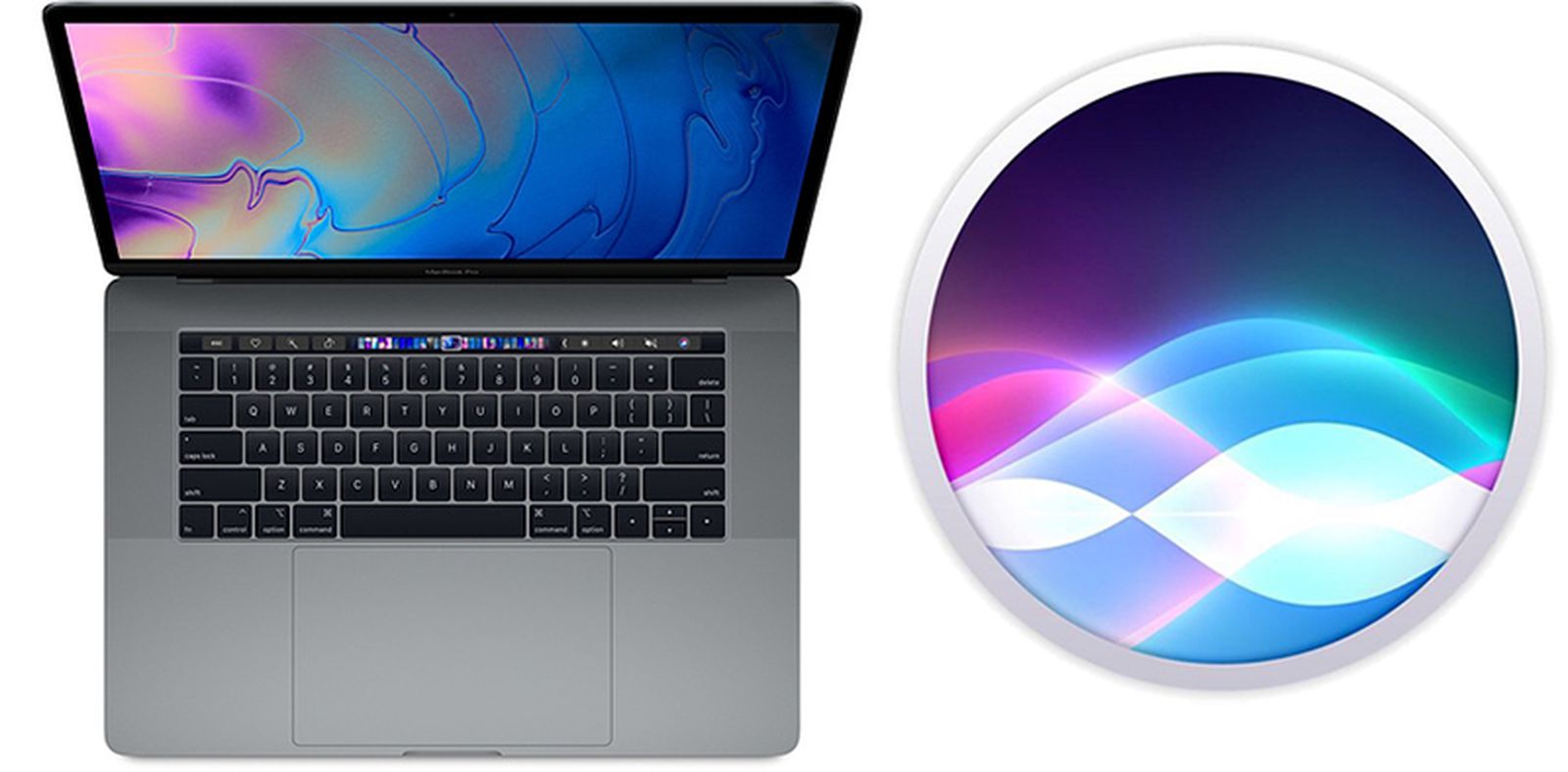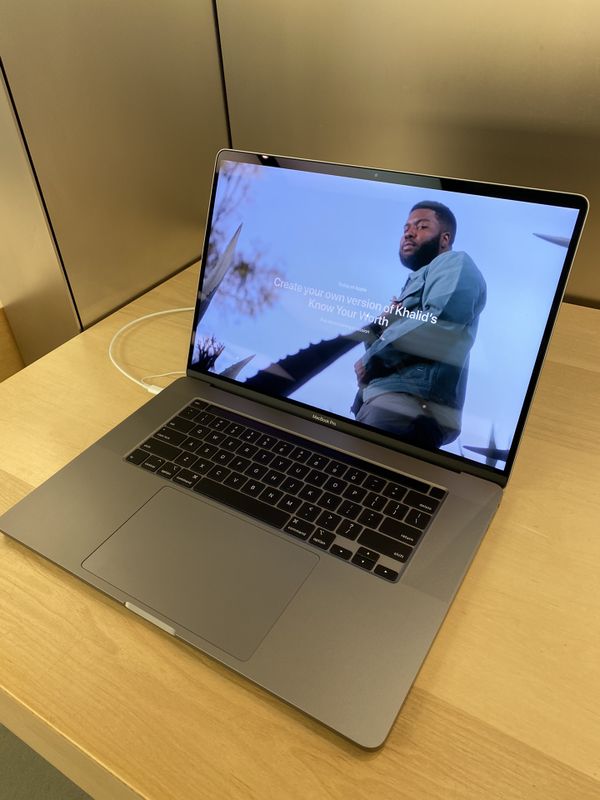

The iMessage history that powers your Messages app is stored in a database file in your computer’s hard drive, in a hidden folder named Library which, in turn, is in your username folder.
Text from macbook pro to iphone code#
If you just want to see the good stuff you can find the notebook with the minimal code to extract and prepare the data here. Green bubble messages unfortunately are not captured. Note: this approach only works for Macs (laptops and desktops) and only gets your iMessage history. This is a somehow technical guide for extracting all the iMessage data in your computer’s hard drive and putting them in an analysis-friendly file. Well you’re in luck! Your Apple computer stores that message history right within your grasp in a hidden folder on your hard drive! When using the Messages app, you can see all your history of messages on that device and maybe (like me) you have wondered where exactly is that data stored? Can you access it in a format that is easy to analyze? Wouldn’t it be great to be able to see how many messages you have sent per day? Or read the first message you have ever sent to your friends? I hope that wasn't too confusing, and that it helps.If you use the Messages app on your Apple computer then you probably have connected your Apple-Id to that computer in order to send and receive iMessages across all your Apple devices (iPhone, iPad, computer).

The caller ID setting does not affect what address or phone number you receive messages at - it only affects what other devices will see you as (and reply to).

Granted, if people send you a message to your phone number, then only the iPhone will receive it (at least, at this point in time). Setting all of your devices to the same caller ID can help to ensure that messages will be received on all devices, because messages sent from the iPhone with an email address as the caller ID will then be replied to at that email address (which all devices have access to). By default, your iPhone's phone number will be the caller ID (and on your Mac, iPad, etc., it will be your Apple ID email address). This doesn't affect phone calls or normal SMS text messaging, but it sets what people will see when you send a message through iMessage. If you have multiple addresses that you're receiving at, "Caller ID" will be displayed at the bottom. If you have other email addresses that you'd like to use, you can go ahead and add those. Your Apple ID will be displayed, as well as your phone number. You should see a button that reads "Receive At" and then it will say some number of addresses. To check what email address(es) your phone is receiving iMessages at, go to Settings > Messages and scroll down a bit. However, you can still send messages to phone numbers from a non-iPhone device (although as stated previously, these messages are through the iMessages protocol, not SMS, and thus they can only be received by Apple devices that support iMessage). As of now, the only device that will receive iMessages is your iPhone. Click to expand.The rumor is that the release of iOS 6 and OS X 10.8.2 will allow Macs, iPads, and iPod Touches to receive iMessages that are sent to your phone number.


 0 kommentar(er)
0 kommentar(er)
